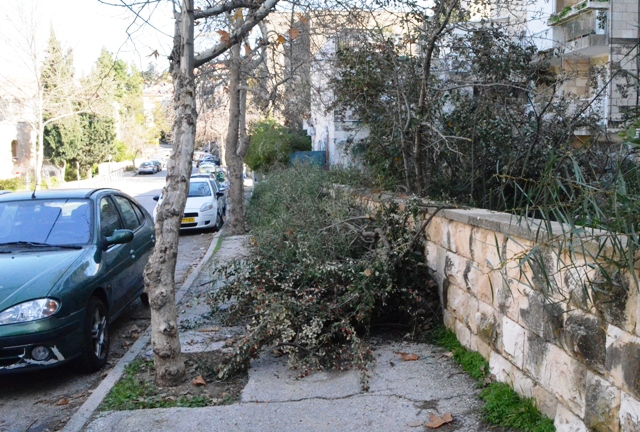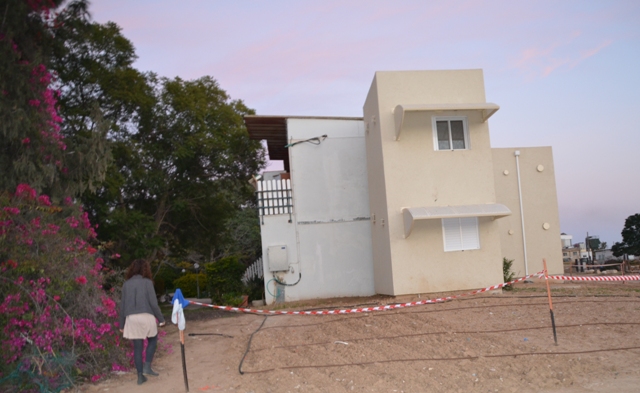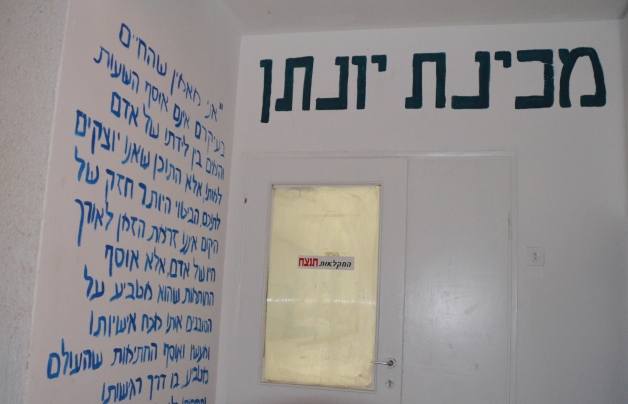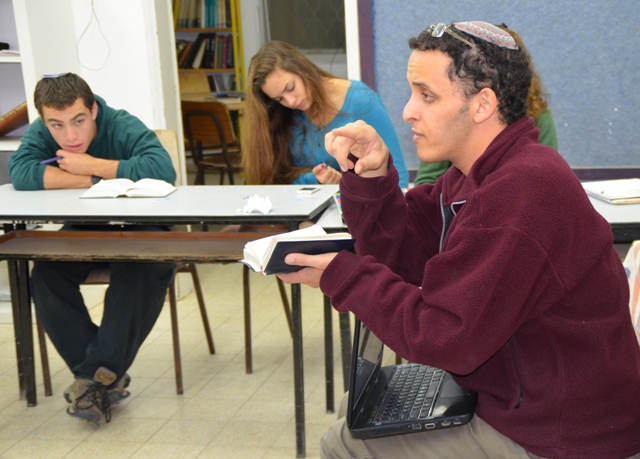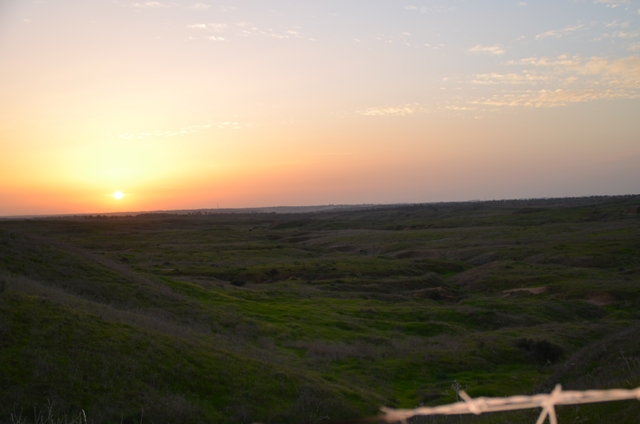The blossoming almond tree is the symbol of ט”ו בשבט -Tu Bishvat, the “New Year of Trees.” I love seeing the almond flowers appear to burst, literally overnight, into full bloom. The delicate and majestic flowers of the common almond, in shades of white or delicate pink, gradually envelop the exposed stems and can be observed in cultivated orchards and abandoned open areas.

Love the flowers, but the almond trees? The date of flowering is not always exact and often depends on the weather. This has been a relatively warm winter, and the weather caused this Jerusalem almond tree to bloom early.

- The spectacular flowers cover the tree in white or pink. They are fragrant and thus stand out in the landscape, becoming a symbol of Tu Bishvat. The almond is called shaked in Hebrew, which means the fastest or most diligent because it blooms first before all other wild and fruit trees in the country.

2. The common almond tree belongs to the rose family, this large family includes about 120 genera and 3200 species. It is common in most areas of the world, especially in temperate zones. Other members of the family are the fruit trees, plum, peach, cherry, and also rose bushes.

3. Four species of almond trees grow in the wild: Arabian almond, harem almond, small-leaved almond, and common almond. It is difficult to distinguish between them.
4. Although the almond is not included among the seven species in the Bible, it has a respectable place in our sources, mentioned many times in the Bible and the Talmud, as one of the five species of zimrat ha’Aretz, considered “the best produce of the Land,” included in the gifts that Jacob told his sons to take to the ruler in Egypt. (Genesis 43:11)

5. The fruit is wrapped in a green peel and changes its color to brown over time. When the fruit ripens, the peel splits in two and usually falls off. The almond seed remains on the tree wrapped in another extremely hard bark that is cracked only by pressure. Another bark envelops the seed cocoons. This shell is thin and brown in color. The part eaten is the seed. Almond fruits are also eaten whole before ripening when the seed coat is still green.

6. But, BEWARE! In abandoned areas and orchards, bitter almond trees usually grow. They are used as a cultivar for the cultivated almond. Bitter almond seeds are dangerous to eat. They contain a substance called amygdalin from which the toxin cyanide is released.

7. However, almonds have long been considered a fine fruit for food and medicine. Maimonides praised them: “Almonds are the finest in fruits.” They have great nutritional value and contain, among other things, fat, protein, and calcium. The almond is considered the healthiest food out of 100 tested foods, including avocado and olive oil, (according to the FDA). It has been recommended to eat 7-12 almonds a day.
8. Do cultivated almonds grow in an orchard or vineyard? Planted almond trees grow in a kerem, “vineyard.” The term kerem “vineyard” usually refers to grapes, olive, and almond crops.

9. The Israeli almond industry is in development. In Israel, over 62,000 dunams of almond groves stretch from the south to the Golan Heights. Some of the new varieties have been developed at the Volcani Center.
Almond growing in Israel takes the environment into account, including low water consumption, and sophisticated and focused mechanization. Israel consumes about 10,000 tons every year. Most of the consumption comes from local crops and the rest will come from the United States.

10. Fast then slow? Almond ripening is very slow, in contrast to its agile flowering, it lasts about six months.
Only 5-10% of all almond flowers bear fruit.
I store almonds in the freezer to keep fresh and to keep them out of the way so as to not grab too many to eat at a time.

Almonds, nuts, and dried fruit have been piled high in the shuk, Machane Yehudah Market, and in supermarket displays and stores throughout Jerusalem, Israel over these past weeks.
The present Israeli Knesset building was opened on Tu Bishvat, but no big celebrations this year like 6 years ago for the 50th.
It was 2 years ago for Tu Bishvat, multiple large events were celebrated. The last event I attended at Beit Hanasi before the coronavirus closed the doors of the Israeli President’s Residence was the JNF-KKL Tu Bishvat celebration.
Here’s hoping next year we can celebrate Tu Bishvat together again!
Tu Bishvat Sameach!
My thanks, as every year, to a wonderful friend Sara for providing the information for all things almond and her amazing website with everything you would want to know about the Wildflowers of Israel.












